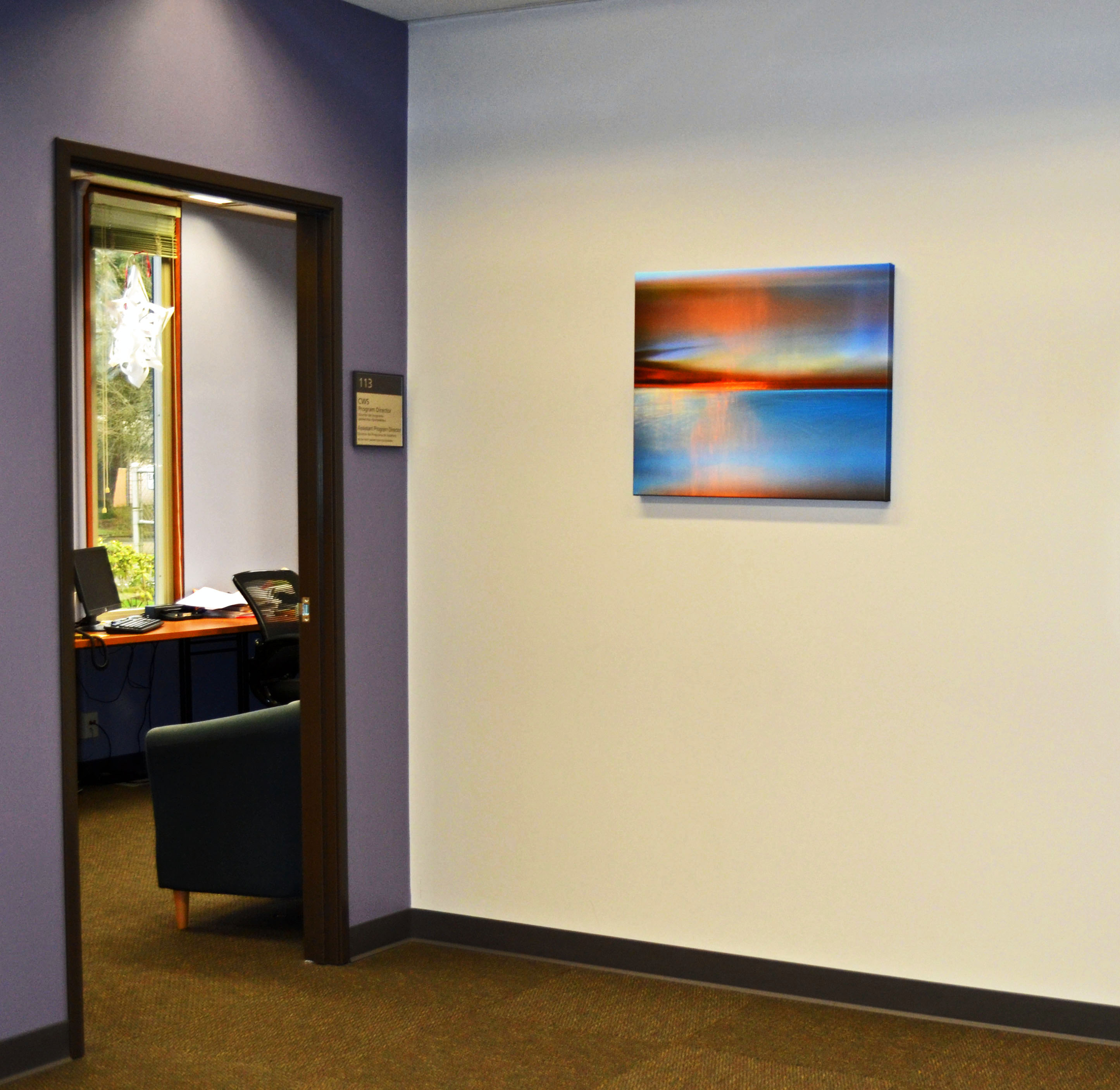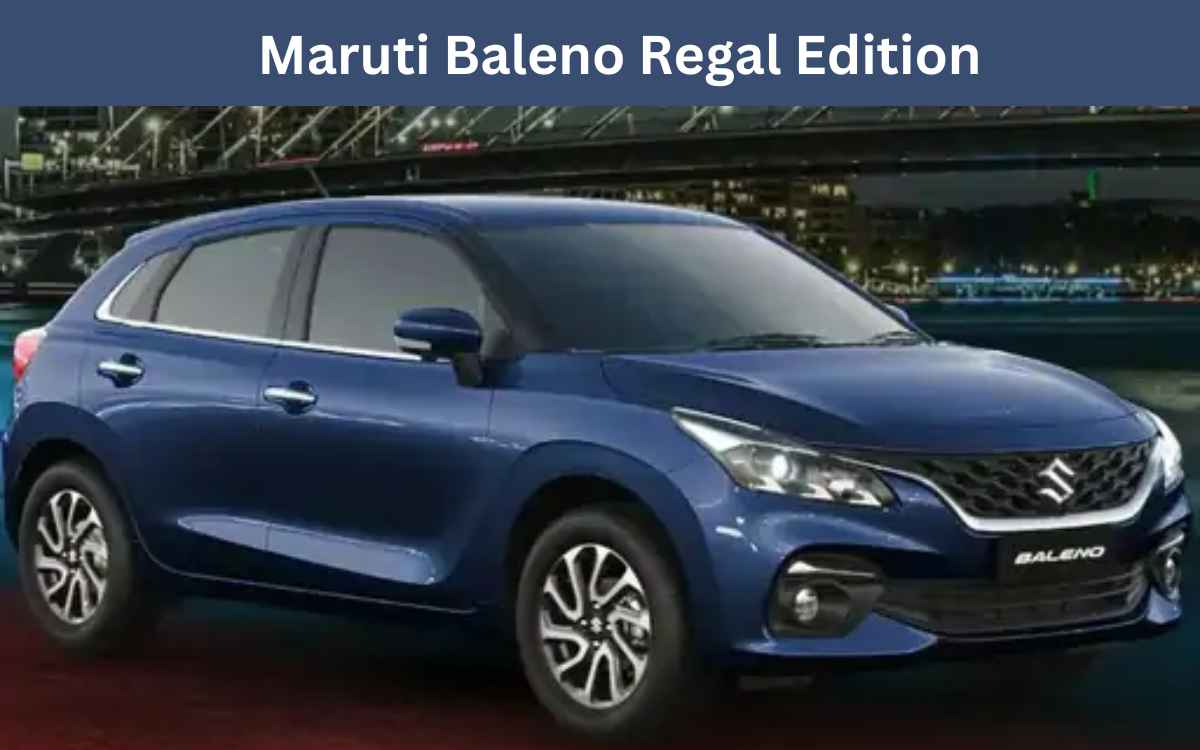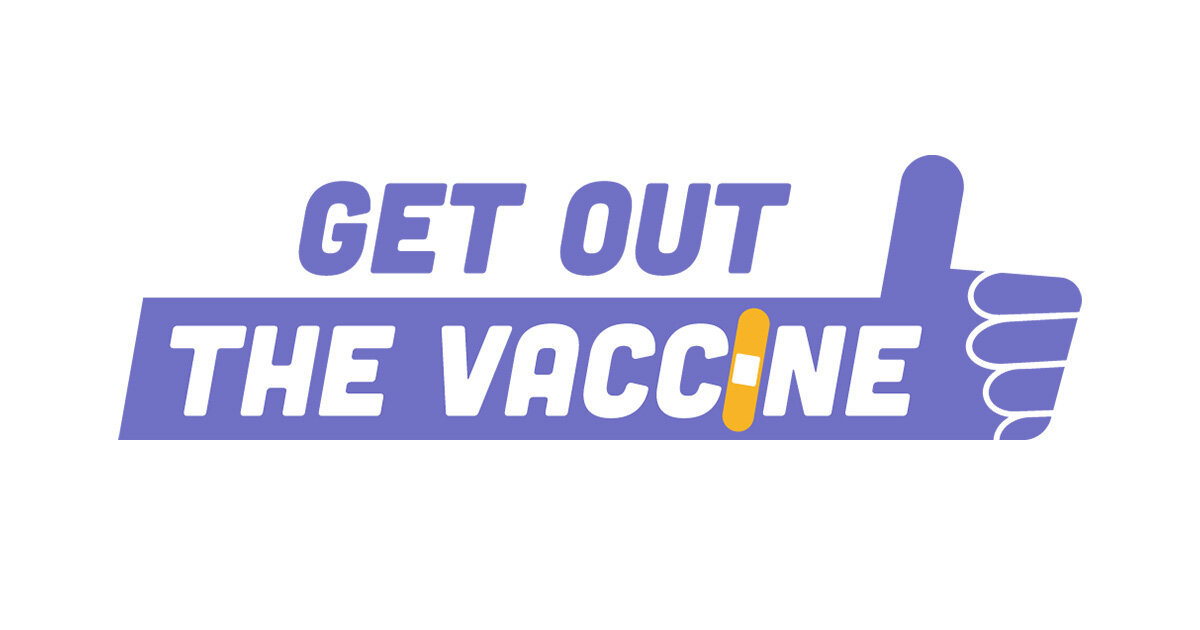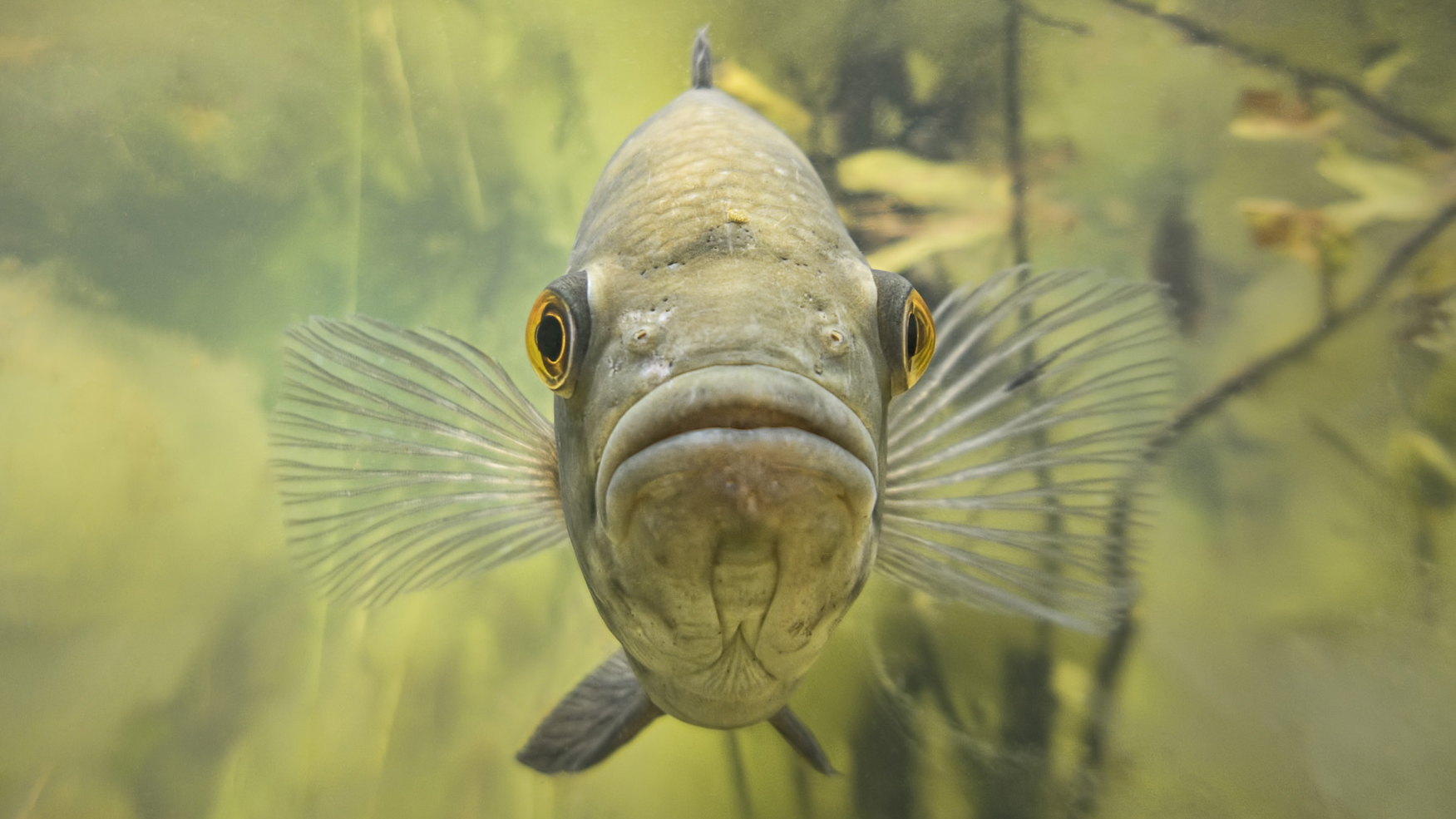An Introvert Does Outreach by Don Orth
I was honored and proud to receive the Excellence in Public Outreach Award from the American Fisheries Society last week. It raised many questions in my mind and the minds of others. These questions form the basis for this post. Why do I do public outreach? I am an introvert. One in three people you know are introverts (Cain 2013). Introverts love quiet places and working solo and loathe noisy crowds and self-promotion. Introverts don’t seem naturally adapted for outreach activities. But it doesn't have to be an excuse for not engaging with the public. “Be a loner. That gives you time to wonder, to search for the truth. Have holy curiosity. Make your life worth living.” Albert Einstein AFS Executive Director, Doug Austen, congratulates me on Excellence in Public Outreach Award. Photo by Valerie Orth. Introverts can engage in public outreach. My first priority is research, which requires building a team of collaborators and connecting with other researchers to share ideas and conduct research. But writing requires time alone. And public outreach requires writing long before engagement begins. Let me answer some questions: How do you see science communication fitting into the future of fisheries education? Public engagement is the connection between science education, communication, and policy. Increasingly scientists are expected to engage with the public at multiple levels. On Twitter, the hashtag #scicomm denotes engaging the general public in the world of science. We need to engage with the public in science in ways that may influence policy. The decline in news reporters and newspapers has influenced how people obtain science information. Google and Facebook have replaced the newspapers and TV news, for better or worse. Today, most people depend on online sources for science news (Su et al. 2015) and some argued that the scientific article is obsolete (Somers 2018). Newspaper and Google revenues over time. Source. The problem as I see it is that we learn very little about public outreach in college. Outreach and public speaking are not natural skills, especially for introverts. There are many communication skills, beyond public speaking, that are needed by today’s fisheries scientists. Add these to the growing list of skills a scientist needs to master. It’s not enough to tell students “Go read this Science Communication book by Bowater and Yeoman (2012).” Scientists and managers in agencies are often stymied in attempts to do public engagement. Who should do it? How should we do it? Too often we assume it is someone else’s job to do. People are often knowledgeable but don’t act in ways that show that knowledge. The communication of science began with the deficit model in which scientists try to fill gaps in the knowledge of the public. Modern #scicomm encourages two-way dialogue between experts and non-experts. Was there a single, memorable public outreach event that galvanized views and methods, or was development more gradual? I’ll never forget my first visit to speak at an elementary school. I brought a bullhead in a small aquarium and talked about senses of fish. Wow! I was blown away by kids filled with curiosity and questions. My Department required that all students translate a thesis or dissertation into form readable by the general public. Consequently, I’ve always worked with students to create a popular article related to their thesis question (e.g., Leonard and Orth 1985; Graham and Orth 1986; Austen and Orth 1988). However, my interests in public outreach built gradually over time from occasional popular articles or talks to local angler or Kiwanis clubs to more focused activities. What have you learned along the way? There are many benefits to public engagement. We all want to change the world and we want people to take action based on evidence. It is not enough to educate the public and expect them to act based on the knowledge. Even regulations and laws do not always result in compliance with desired actions. I wish to learn more about human behavior. The idea of the nudge, or positive reinforcement and indirect suggestions, can influence behavior and decision making (Thaler and Sunstein 2009). A fascinating example of this is about bathroom urinals in the Amsterdam airport. Men have terrible aim, which leads to unpleasant effects in busy airport bathrooms. A nudge would be to include a realistic image of a fly in the urinal based on the belief that if you give a man a target, he cannot help but aim at it. We need to learn much more about how to connect and influence various publics. Market researchers and Cambridge Analytica have proven it possible even with dastardly consequences (Wylie 2019). Urinals with a fly. by WissensDürster CC-By 3.0 Source Another major benefit to public engagement is to stay informed on emerging trends. Twitter is a great platform to learn and contribut

 |
| AFS Executive Director, Doug Austen, congratulates me on Excellence in Public Outreach Award. Photo by Valerie Orth. |
 |
| Newspaper and Google revenues over time. Source. |
Was there a single, memorable public outreach event that galvanized views and methods, or was development more gradual?
I’ll never forget my first visit to speak at an elementary school. I brought a bullhead in a small aquarium and talked about senses of fish. Wow! I was blown away by kids filled with curiosity and questions. My Department required that all students translate a thesis or dissertation into form readable by the general public. Consequently, I’ve always worked with students to create a popular article related to their thesis question (e.g., Leonard and Orth 1985; Graham and Orth 1986; Austen and Orth 1988). However, my interests in public outreach built gradually over time from occasional popular articles or talks to local angler or Kiwanis clubs to more focused activities.
 |
| Urinals with a fly. by WissensDürster CC-By 3.0 Source |
How do you make content accessible to diverse audiences?
This is a challenge and my advice is fourfold: (1) Start small; (2) Find your voice; (3) Identify an audience; and (4) Go beyond publication in scientific journals. Several authors (See here and here) have described how they write a blogpost from a journal article. Reaching diverse audiences will take time but you must first develop your authentic voice. So you can become a “Nerd of Trust” and see that some people do value your knowledge (McClain 2017).
- Mythology of the Baby Doll Head
- Pike Killifish: A Small, Specialized Ambush Piscivore
- Clupeids From Freshwaters of Virginia
- Damned If You Do: Adopting Social Media in Teaching
References
What's Your Reaction?

































